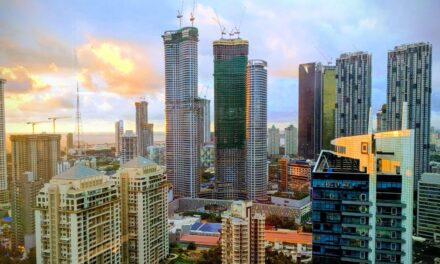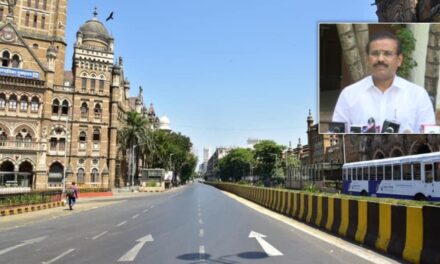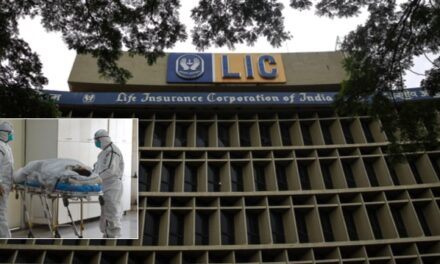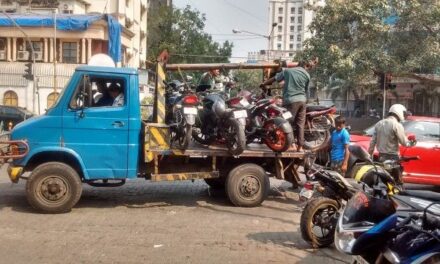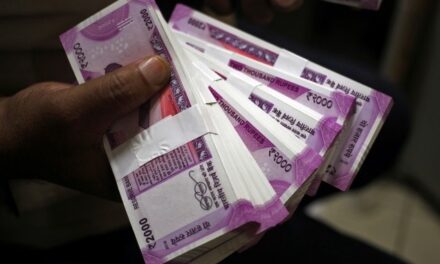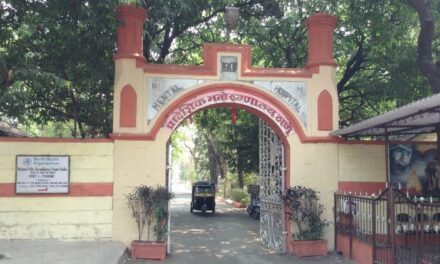All of Mumbai to come under CCTV surveillance as city’s biggest security project goes live on Oct 2
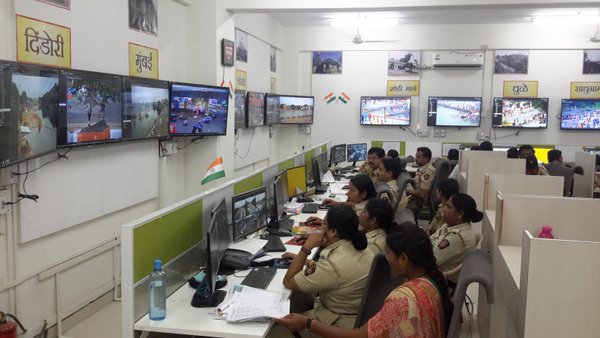

Representational Image
Mumbai may witness a staggering fall in crime rate in the coming weeks as it gears up for the launch of the city-wide CCTV network on October 2. The near Rs 1,000 crore surveillance network is the most extensive security project the city police has undertaken till date.
The decision to cover the city under CCTV surveillance was taken in the wake of the November 2008 terrorist attacks. Per the recommendations of the Ram Pradhan committee, the city police decided to install the cameras across 1,000 locations in the city to enhance security and safeguard citizens.
While the tender for the project was floated in 2012 and 2013, it could not be awarded to vendors due to technical reasons. However, in February 2015, the state government signed a deal with Larsen & Toubro for installation of 6,000 close circuit television (CCTV) cameras by September 2016. The project cost the Maharashtra government Rs 949 crore.
According to one report, only 4,800 out of the 6,000 cameras will be operational by October 2. However, officials attached with the project maintain that 4,800 cameras would be more than sufficient to monitor the entire city. The remaining 1,200 cameras are expected to become functional by November.
The cameras used for the project are Pan-Tilt-Zoom cameras (PTZ cameras), which are capable of taking high resolution images while allowing for remote directional change and zoom functionality. Most of them also support night vision and 360 degree coverage. To allow for better coverage along the coasts, where conventional monitoring is difficult, thermal-sensing cameras have been used.
To ensure that the cameras cover the most pivotal points, the responsibility of choosing the locations was assigned to police stations who understood their respective jurisdictions better than anyone else. Each station was allotted a certain time to assess their area and get back with the final list of spots where cameras needed to be installed.
Each camera will be linked to the main control room at police commissioner’s compound in Crawford Market, where the feed is accessible across 60 LED screens. The feed is also relayed to the emergency control room in Kalina, which is expected to get ready by end of this month. The footage is saved for 30 days, but can be extended and saved for up to 180 days.
The traffic police headquarters will have access to the live feed of all major roads at it’s main control room in Worli. In addition, live feed will be accessible across all police stations along with DCP and Regional Additional CP’s offices. However, only the main control rooms at Crawford Market and Kalina will have the ability to operate the cameras.
What makes Mumbai’s surveillance project different than most is that apart from providing realtime coverage, the cameras will also be able to leverage face recognition software to identify wanted criminals and missing persons. The pictures of at least one lakh criminals will be uploaded as soon as the system is up and ready.


